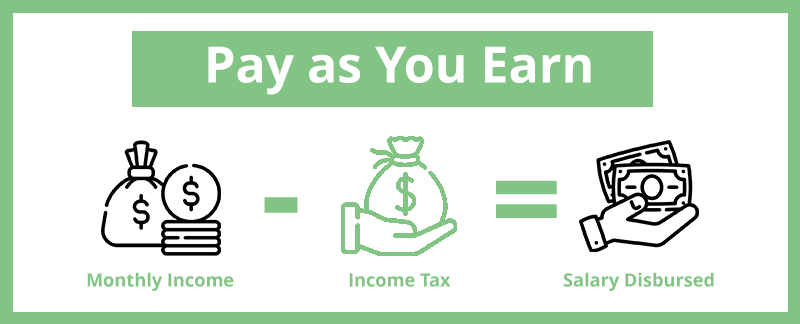Loans are a common financial tool that can help you achieve important goals, whether it’s buying a home, pursuing higher education, or starting a business. However, understanding your loan repayment options is crucial to managing your debt effectively and ensuring a secure financial future. In this article, we’ll dive into the world of loan repayment, exploring various options and strategies to help you make informed decisions.
Standard Repayment Plan: The Default Choice
When you take out a loan, especially federal student loans or mortgages, you are typically enrolled in a standard repayment plan by default. Under this plan, you make fixed monthly payments over a specified term, usually 10 to 30 years.

However, it may result in higher monthly payments compared to other options.
Extended Repayment Plan: Spreading Payments Over Time
If you find that standard payments are stretching your budget too thin, an extended repayment plan may be a suitable alternative. This option extends your loan term, reducing your monthly payment amount by spreading the repayment period over a more extended period, often up to 25 or 30 years.
While this can provide relief for your monthly budget, keep in mind that extending the loan term typically means paying more in interest over the life of the loan.
Income-Driven Repayment Plans: Flexibility Based on Earnings
Income-driven repayment plans are an excellent choice for borrowers with fluctuating incomes or those who are experiencing financial hardship. These plans set your monthly payments as a percentage of your discretionary income, making them more manageable during times of low income.
Popular income-driven repayment plans include Income-Based Repayment (IBR), Pay As You Earn (PAYE), and Revised Pay As You Earn (REPAYE). These plans also offer loan forgiveness options after a certain number of qualifying payments.

Graduated Repayment Plan: Increasing Payments Over Time
Graduated repayment plans are designed for borrowers whose incomes are expected to increase gradually over time. Under this plan, your monthly payments start lower than a standard repayment plan but increase every few years, typically every two years.
Graduated plans are beneficial if you anticipate your income will grow, allowing you to manage your payments more comfortably initially while still paying off your loan balance over time.
Loan Consolidation: Simplifying Multiple Loans
If you have multiple federal loans, loan consolidation can streamline your repayment process. It combines your loans into one new loan with a single monthly payment. This can make managing your loans more convenient, but keep in mind that it may not necessarily lower your interest rate or reduce your overall repayment amount.
Refinancing: Lowering Interest Rates with Private Loans
Refinancing is an option primarily for those with private loans. It involves taking out a new loan with a private lender to pay off your existing loans. If you have good credit and a stable income, you may qualify for a lower interest rate, potentially saving you money over the life of the loan.
You Might Want to Read Next: The Role of Credit Scores in Loan Applications
Conclusion:
Choosing the right loan repayment option is a crucial part of managing your finances effectively. The best choice for you depends on your financial situation, goals, and preferences. Take the time to evaluate your options, understand the terms and conditions of your loans, and consider seeking advice from a financial advisor or loan specialist. With careful planning and informed decision-making, you can navigate the world of loan repayment and work towards a debt-free future.







